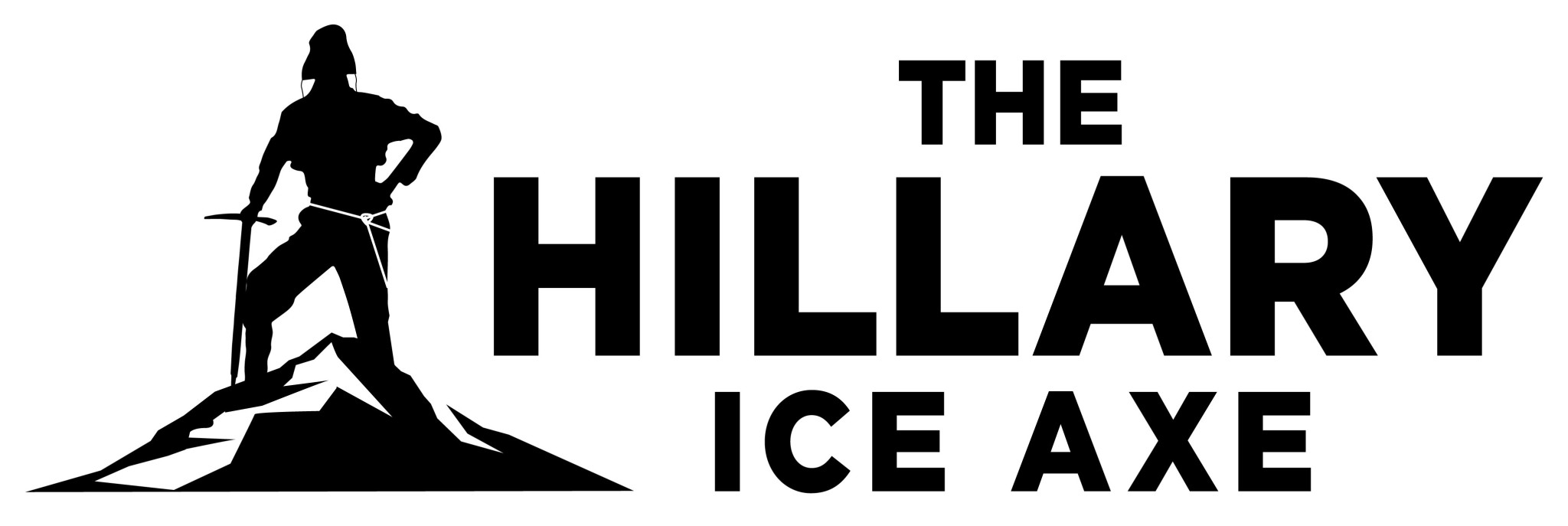
For the last 63 years Hillary has been a household name, arguably the most famous New Zealander in history. He was knighted by Queen Elizabeth, earned a rare honor for chivalry, became New Zealand’s ambassador to India, Nepal and Bangladesh, and was the first living person to have his picture on New Zealand’s currency. All for climbing a mountain first.
But, not just any mountain, the tallest mountain in the world. A rugged, frigid climb that sucks the strength from the human climber’s body, deprives it of oxygen, and attacks it with weather so fierce that expedition after expedition has been forced to give up, one almost at the summit. Many have given their lives in the attempt to conquer this giant.
Mt. Everest
Bridging Nepal and Tibet, its celestial peak stands at one of the most awe- inspiring places on earth. No wonder the mountain – called “Chomolungma” by Tibetans and Sherpas, which means “Mother Goddess of the Earth” – holds a special place in the human imagination. Equally does the first Westerner to conquer it – Sir Ed – along with his Sherpa climbing partner, Tenzing Norgay.
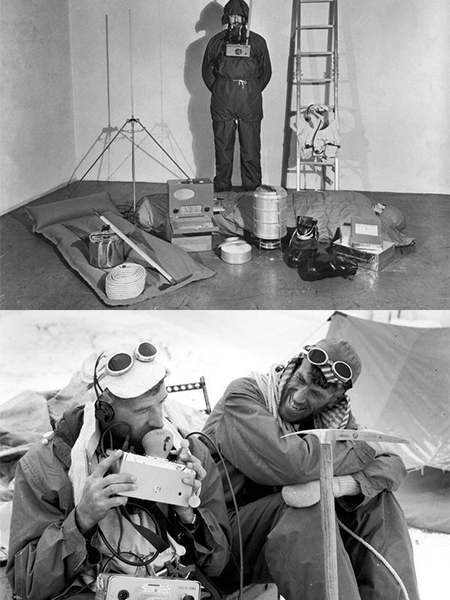
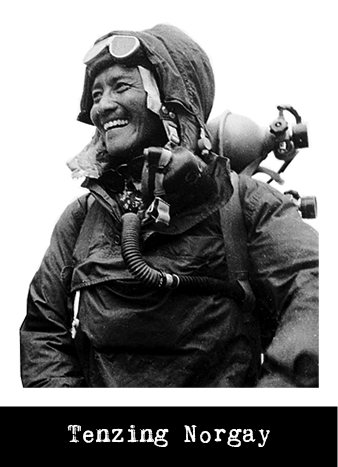
Today, scaling one of the world’s highest mountains has become somewhat easier thanks to technology – clothing that retains body heat, lighter everything, and satellite communications. The earth’s peaks now host regular excursions for the wealthy. Armed with the latest high tech gear (you must have a laptop to email your friends!), $60,000 will get a reasonably fit person to the top of a peak with a team for the photo opp of a lifetime if the weather permits. But in Sir Ed and Tenzing’s time, it was a rare species who had the stamina or the willpower to endure the elements with only basic climbing gear, heavy packs of food, and minimal protection against the element.
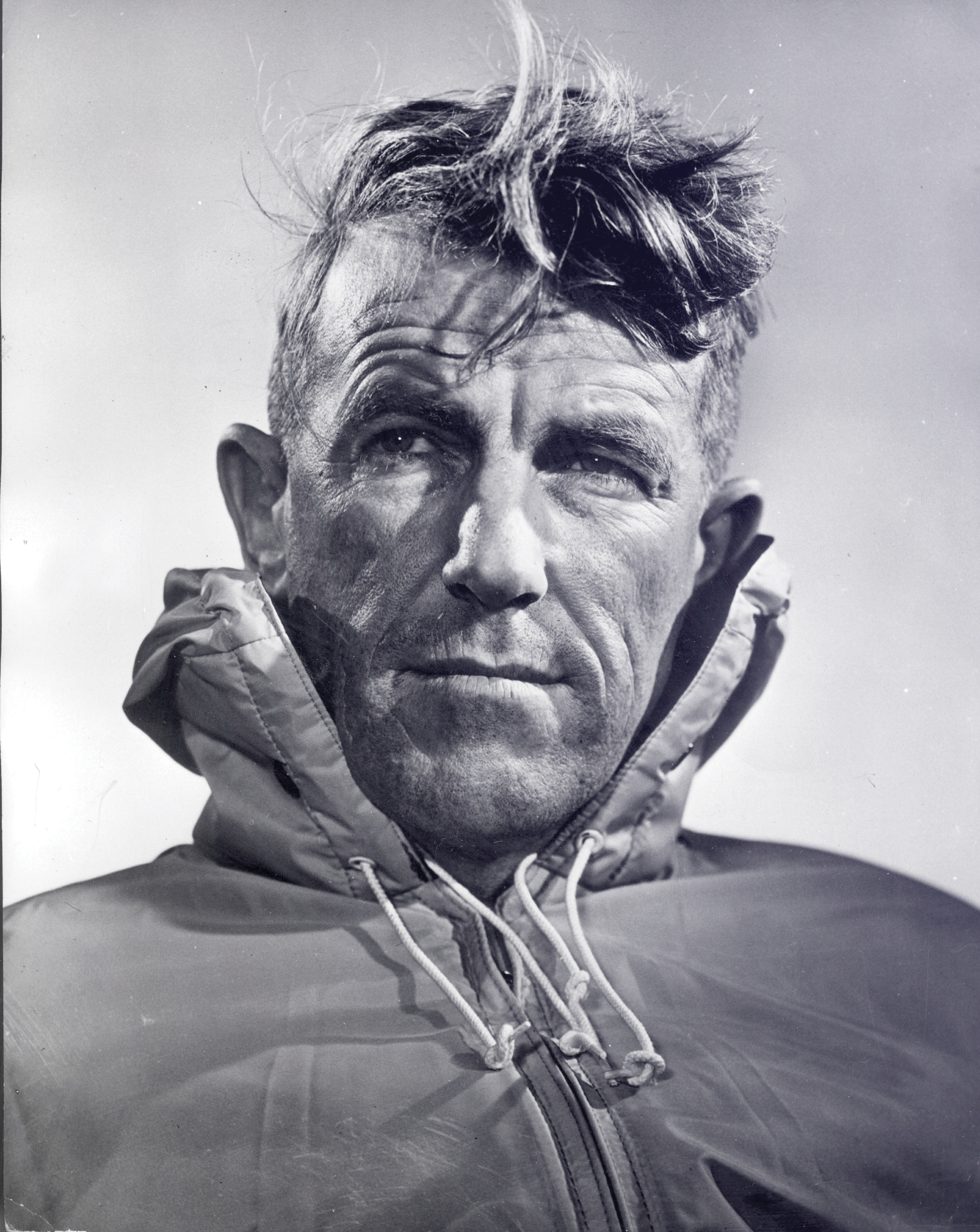
AN EXTRAORDINARY STORY
Born in Auckland 19 July 1919, Hillary began climbing mountains as a teenager and soon earned a reputation as an ice climber. He was tall and gangly but found he had great endurance.
He became a beekeeper, an occupation which allowed him to climb in winter. His first major success was Mt. Olivier in the Southern Alps in 1939.
Hilary was not without his climbing failures. But by 1953, he was well enough regarded that he was invited to be part of the Royal Geographical Society Everest expedition headed by Col. John Hunt. At the time, 7 previous expeditions had failed to reach the summit, and several climbers had been lost on the mountain.
Nearly a century after British surveyors had established that Everest was the highest point on earth, many climbers considered the mountain unconquerable. The summit was 5 1/2 vertical miles above sea level (up where today’s jets fly): an otherworldly place of yawning crevasses and 100-mile-an-hour winds, of perpetual cold and air so thin that the human brain and lungs do not function.


Hunt’s expedition totaled over 400 people, including 362 porters and 20 Sherpa guides, the local Nepalese people famed for their climbing expertise. The expedition carried over 10,000 pounds of baggage.
The entire assault took 7 weeks. Base camp was set up in March – but it was not until over two months later that the summit was reached.
After a series of climbs by coordinated teams to establish ever-higher camps on the icy slopes and perilous rock ledges, Tom Bourdillon and Dr. Charles Evans were the first team to attempt the summit, but gave up just 315 feet from the top — beaten back by exhaustion, a storm that shrouded them in ice, and oxygen-tank failures.
Hillary and Norgay were chosen to make the next assault, stopping at 27,900 feet on a rock ledge six feet wide and sloped at a 30-degree angle. There, holding their tent against a howling gale as the temperatures plunged to 30 degrees below zero, they spent the night.
At 6:30 A.M. on May 29, 1953, encouraged by clearing skies, they began the final attack. Carrying enough oxygen for seven hours and counting on picking up two partly filled tanks left by Dr. Evans and Mr. Bourdillon, they moved out.
Roped together, cutting toe-holds with their ice axes, they inched up a steep, ridge. Stalled at a final 40 foot vertical rock face, Hillary ingeniously found a way up, earning the last section of his climb the nickname “Hillary’s Step”. Beyond it literally lay the top of the world at 29,035 feet.
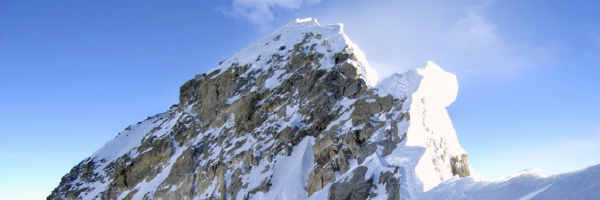
The two climbers stood on the dazzling “snow cone” summit looking down on the entire earth only 15 minutes because they were running out of oxygen. And, sadly, only Norgay had his photo taken at the top because he did not know how to use Hillary’s camera.
It took 7 weeks to summit and three days to get down. On June 2, on the eve of Queen Elizabeth’s coronation, word reached England that Everest had been conquered by a Kiwi and a Sherpa!

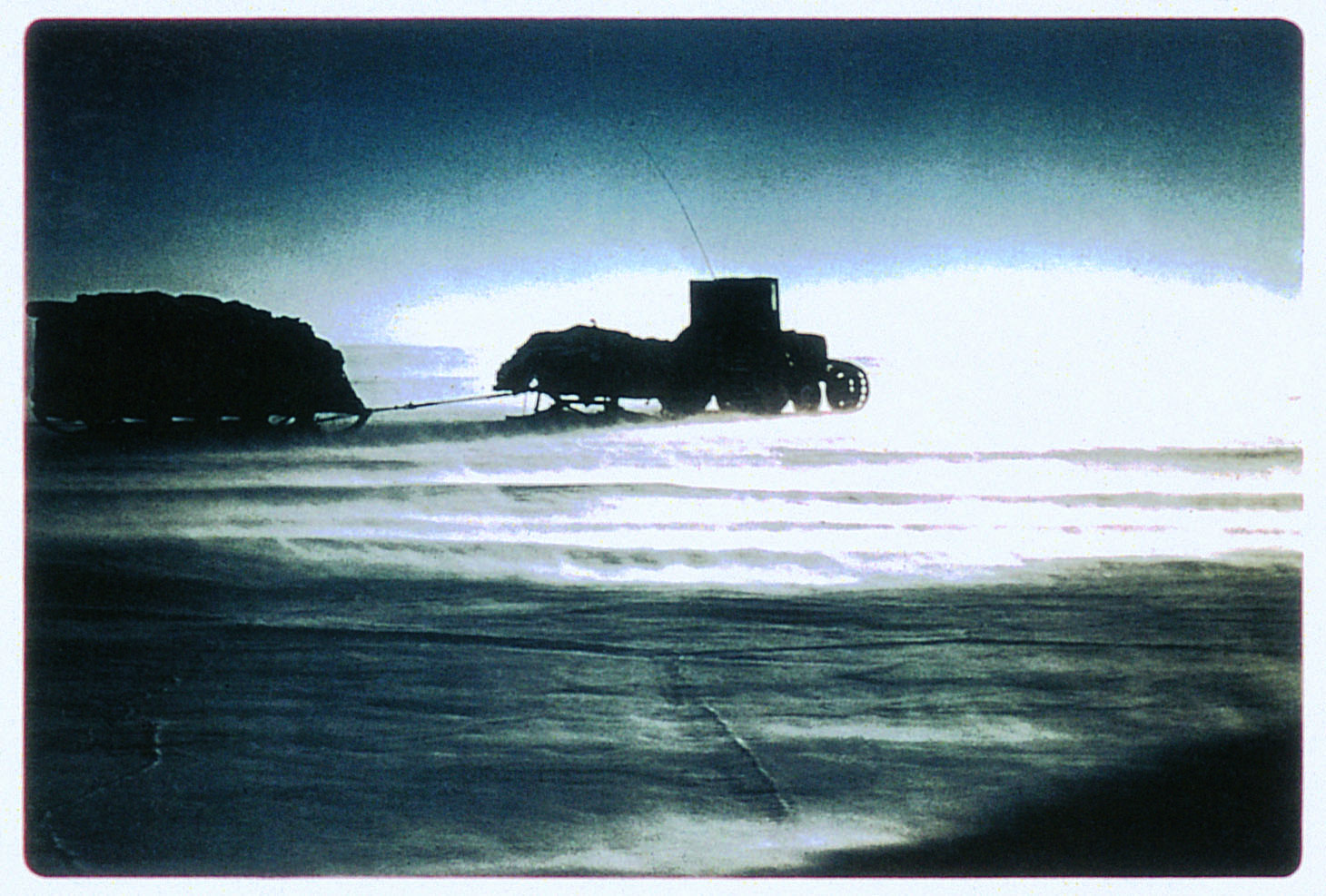
Hillary became an instant celebrity, and through the rest of his life continued his twin loves of beekeeping and exploration. He climbed 10 other Himalayan peaks, and after traveling to both the south and north poles, became the first man ever to have reached both the top and the two “ends” of the earth.
But more important, he made a pact with the beautiful people of Nepal to care for them and their country, a people whose innocence and close connection with the earth had moved him deeply.
He established the Himalayan Trust which has helped build hospitals, clinics, bridges, airstrips and nearly 30 schools in Nepal. Through his life he was relentless in his protection of their environment, started a foundation to defend it, and railed against those who left litter and destruction in the wake of their climbs.
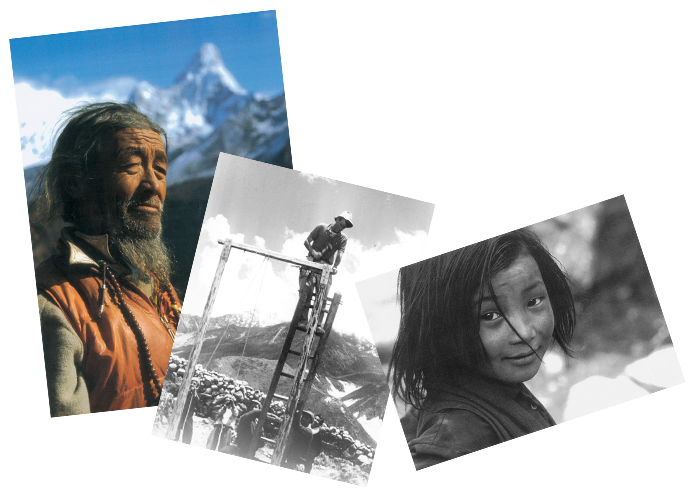

Sir Edmund Hillary died on January 11 at age 88, but his positive mark on the world, particularly on the people and environment of Nepal, will hopefully endure forever.
Copy courtesy of ‘The Mark of a Leader’
